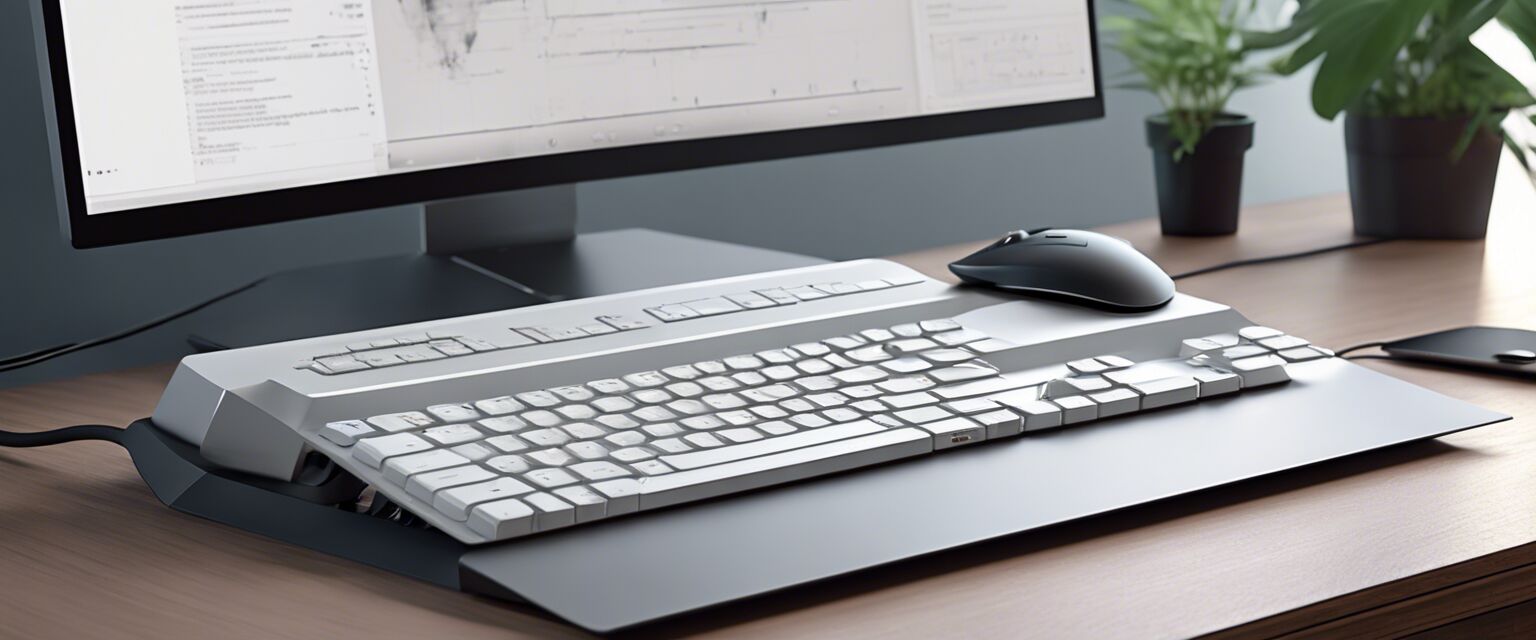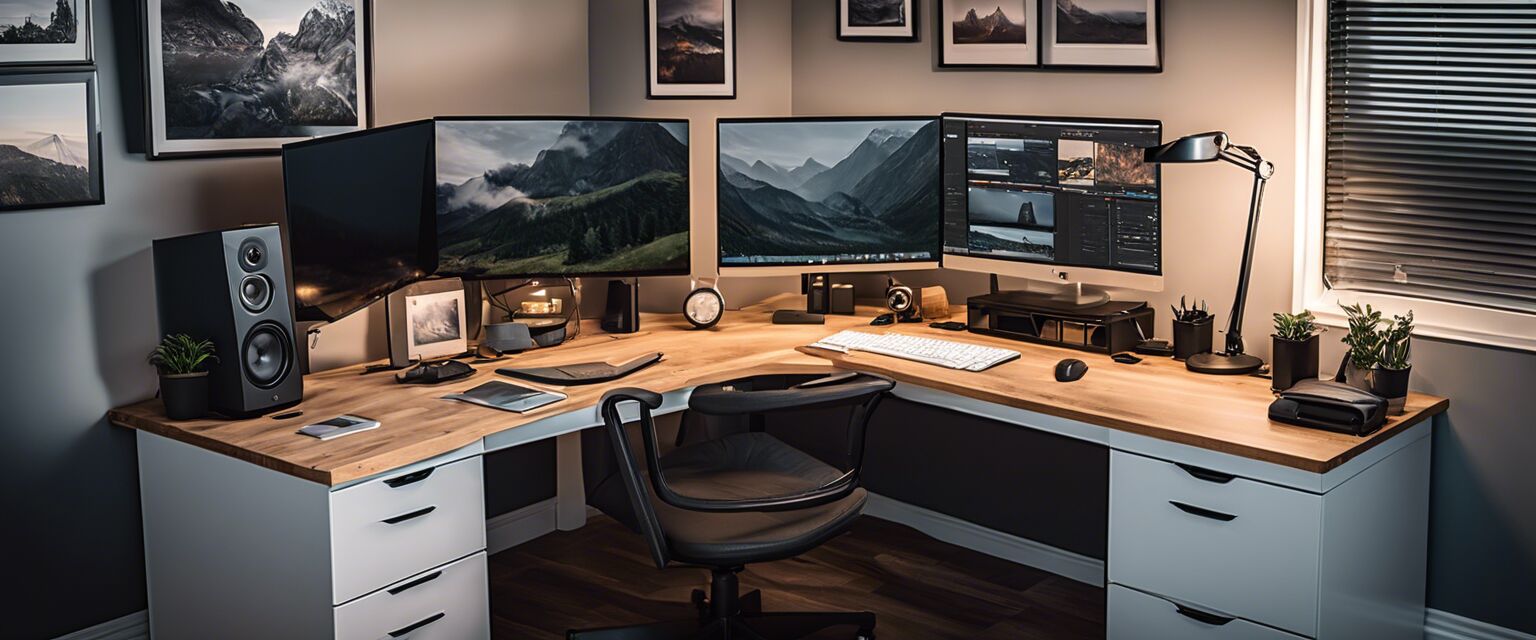
Docking Stations
Key Takeaways
- Docking stations expand connectivity for multiple devices.
- Select based on compatibility with your devices and needs.
- Consider the number of ports and types available.
- Evaluate additional features such as charging capabilities.
In today's digital age, having the right equipment for your home office is essential for productivity. A docking station is a crucial component, allowing users to connect multiple devices efficiently. In this comprehensive guide, we will discuss the factors to consider when choosing the best docking station for your setup.
What is a docking station?
A docking station is a device that provides a connection point for various peripherals, such as monitors, keyboards, mice, and storage devices. It allows you to connect multiple devices through a single connection to your laptop or desktop, streamlining your workspace.
Benefits of using a docking station
- Enhanced connectivity options
- Simplified cable management
- Single connection convenience
- Ability to connect multiple monitors
Key features to consider
When selecting a docking station, consider the following features:
| Feature | Description |
|---|---|
| Port Types | Ensure the docking station has the appropriate ports (USB, HDMI, Ethernet, etc.) for your devices. |
| Power Delivery | Check if the docking station supports charging your devices. |
| Compatibility | Make sure the docking station is compatible with your operating system and devices. |
| Form Factor | Consider the size and design of the docking station to fit your workspace. |
Types of docking stations
There are several types of docking stations available, and understanding each can help you make an informed decision:
- Universal docking stations: Compatible with various devices regardless of brand.
- Brand-specific docking stations: Designed for specific brands, offering optimized performance.
- USB-C docking stations: Utilize USB-C ports for fast data transfer and charging.
- Thunderbolt docking stations: Provide high-speed connections and support multiple displays.
Choosing the right docking station for your needs
Here are some tips to help you choose the best docking station:
Tips for Beginners
- Assess the number of devices you need to connect.
- Identify the types of ports required for your devices.
- Consider future needs for expandability.
- Read reviews and compare features of different models.
Setting up your docking station
Once you've chosen the right docking station, setting it up is relatively straightforward:
- Connect the docking station to a power source if necessary.
- Use the appropriate cable to connect the docking station to your laptop or desktop.
- Connect your peripherals to the docking station.
- Install any necessary drivers or software as per the manufacturer's instructions.
Maintenance and troubleshooting
To ensure your docking station functions optimally:
- Regularly check for firmware updates.
- Keep the ports clean and free from dust.
- Reconnect the docking station if you experience connectivity issues.
Comparison of popular docking stations
| Docking Station | Ports | Power Delivery | Compatibility |
|---|---|---|---|
| Universal Dock 1 | USB, HDMI, Ethernet | Yes | Windows, macOS |
| Brand-Specific Dock 2 | USB-C, HDMI | No | Brand XYZ Devices |
| Thunderbolt Dock 3 | USB-C, DisplayPort | Yes | Windows, macOS |
Frequently Asked Questions (FAQs)
1. Can I use multiple monitors with a docking station?
Yes, many docking stations support multiple monitors. Check the specifications for the maximum number of displays supported.
2. Is it safe to leave my laptop connected to the docking station all the time?
Generally, yes. However, it's a good practice to disconnect when not in use to avoid overheating.
3. What should I do if my docking station is not recognized by my laptop?
Check all connections, ensure drivers are updated, and try different USB ports or cables.
Conclusion
A docking station is an invaluable tool for anyone looking to enhance their home office setup. By considering your specific needs and the features available, you can choose the perfect docking station that will streamline your workspace and improve productivity.
Pros
- Increased connectivity options
- Efficient cable management
- Supports multiple devices
Cons
- Some models can be expensive
- May require additional drivers
Further Resources
For more information on related products, check out our pages on:
- Computer Peripherals
- Ergonomic Accessories
- Multi-Monitor Setups
- Networking Solutions
- Storage Solutions
Images











